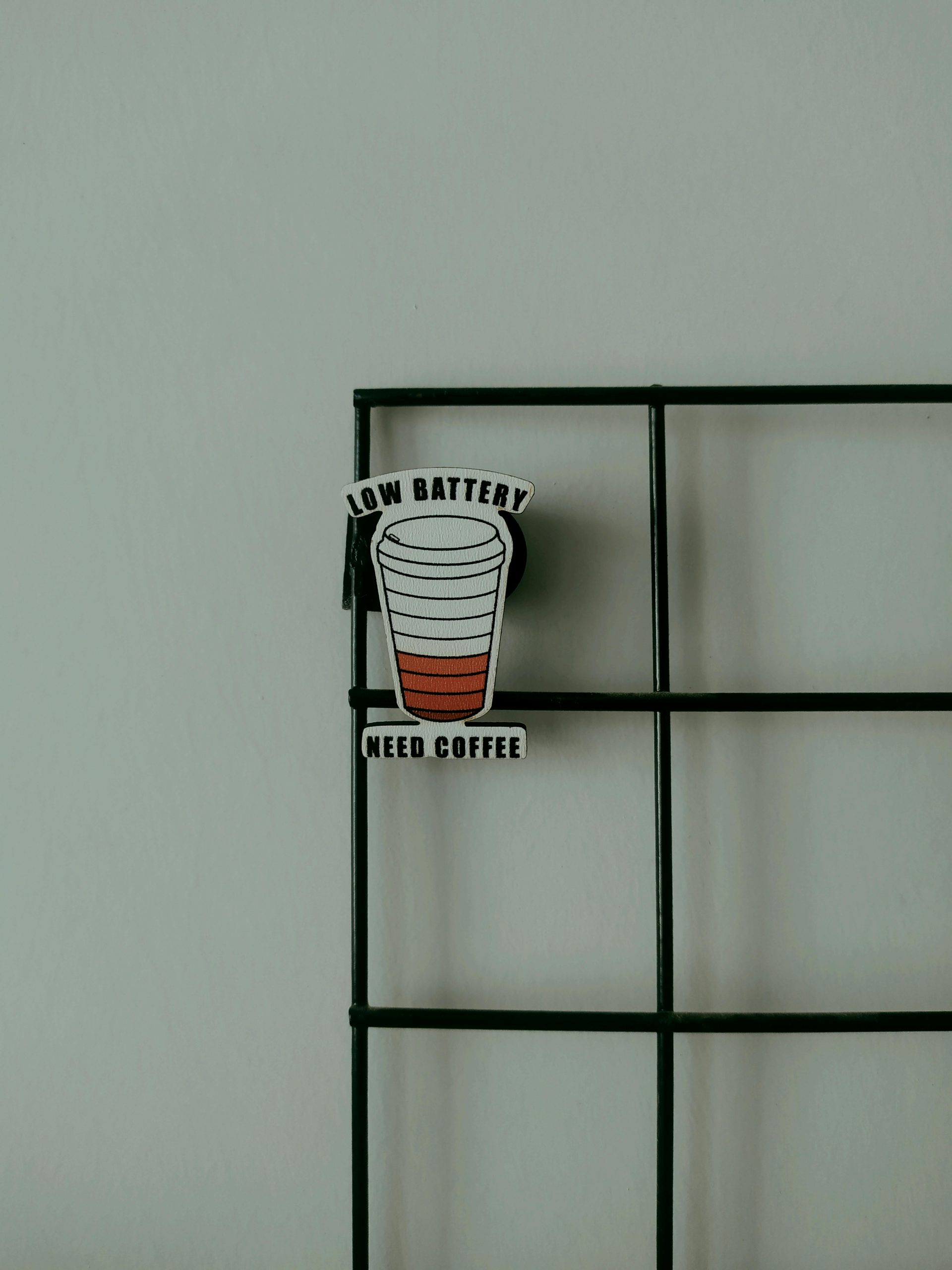Troubleshooting Boot Issues with the Asus K52F: What You Need to Know
If you’re facing difficulties getting your Asus K52F to boot with more than 4GB of RAM, you’re not alone. This is a common issue that can stem from various factors. Here’s a closer look at what might be causing this problem and how you can approach a solution.
Symptoms of the Problem
When attempting to upgrade your RAM to 6GB or 8GB, your system either crashes or displays a Blue Screen of Death (BSOD), or it may get stuck in a loop of attempting to repair Windows. Understanding the root cause of these symptoms is essential for resolving them effectively.
Possible Causes
-
RAM Compatibility: One of the most frequent culprits is compatibility. Not all RAM modules work seamlessly with every motherboard. Ensure that the new RAM sticks are compatible with your Asus K52F, both in terms of type (DDR3, for this model) and speed.
-
BIOS Limitations: Sometimes, the BIOS version running on your laptop may impose limits on memory recognition. It’s worth checking if an update is available that addresses this issue.
-
Faulty RAM: If the new RAM sticks themselves are defective, your system won’t be able to utilize them properly. Testing the new modules in another compatible system can help determine if they are functional.
-
Faulty RAM Slot: Occasionally, the issue may stem from a problem with the RAM slot on the motherboard. Try using different slots to see if this resolves the booting issue.
-
Operating System Limitations: Depending on the version of Windows you are using, there may be limitations on how much RAM can be utilized. Ensure that your operating system supports the desired amount of memory.
Suggested Solutions
-
Check RAM Specifications: Make sure that the RAM modules are of the correct type and speed supported by your K52F. Refer to your user manual or the manufacturer’s website for specifications.
-
Update the BIOS: If you find that your BIOS is outdated, consider updating it to the latest version to unlock potential compatibility features.
-
Run Tests: Use diagnostic tools like Memtest86 to check for defects in your RAM or perform individual tests on each RAM stick.
-
Experiment with Configurations: Try different combinations of RAM slots and modules. Sometimes mixing and matching can yield better compatibility and performance.
Share this content:




Hi there,
Thank you for sharing the detailed troubleshooting steps regarding your Asus K52F boot issues with upgraded RAM. Based on the information provided, here are some additional suggestions you might find helpful:
If after these steps the issue persists, you might consider reaching out to